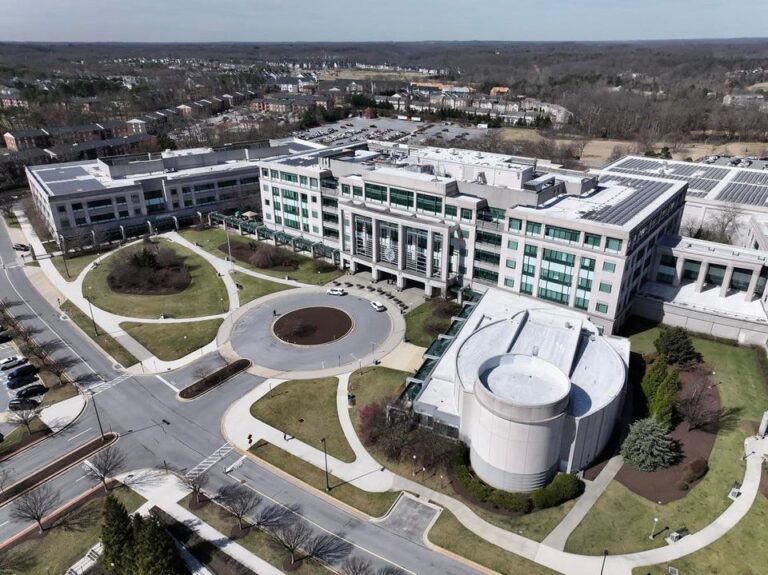As artificial intelligence (AI) continues to evolve, its influence on data center trends is becoming increasingly evident. In 2025, AI is expected to drive significant changes across industries, much like the transformative effects of the internet, mobile, and cloud technologies. This shift is not just a technological evolution but a fundamental change in how businesses operate globally.
The adoption of AI is still in its early stages, with emerging use cases poised to revolutionize industry practices. This development follows a pattern reminiscent of the dot-com era, where companies are either capitalizing on early successes or taking a long-term strategic approach to build robust foundations. Unlike previous technological waves such as blockchain or 5G, AI presents compelling practical applications that promise profound economic impacts and solutions to real-world challenges.
AI’s Demand for Enhanced Data Center Infrastructure
The acceleration of AI adoption demands unprecedented levels of computational power, data storage, and networking capabilities. Purpose-built, sustainable data center infrastructure is crucial to support the massive workloads required by AI applications. These facilities are essential for paving the way towards a smarter, more interconnected future.
From AI Training to Inference
Initially, the focus was on developing AI training models, but as these models mature, enterprises are shifting their attention to AI inference. By 2025, sophisticated AI models will be applied to complex problems across various industries, moving beyond simple applications like chatbots. This shift will necessitate changes in data center infrastructure to accommodate the evolving needs of AI technology.
Key Trends Shaping Data Centers in 2025
Cloud Rebalancing for Optimal Workload Distribution
Over the past two years, enterprises have experimented with generative AI in public clouds, learning the importance of strategically placing workloads. According to a June 2024 IDC report,
80% of survey respondents expected some level of repatriation of compute and storage resources in the next 12 months.
This trend, known as cloud rebalancing, involves redirecting critical AI workloads to on-premises or colocation data centers for better price-performance.
Formalizing Data Governance Processes
Understanding an enterprise’s entire data estate is more critical than ever due to AI’s reliance on high-quality data. Effective data governance is essential for managing data privacy and compliance with regulations. A McKinsey survey found that
70% of respondents experienced difficulties with data governance, integration, and training data sufficiency.
As enterprises formalize their data governance policies in 2025, they will enhance data privacy, avoid regulatory penalties, and maximize AI investment returns.
Expanding Observability Across Threat Landscapes
As enterprises expand their networks, the complexity of their threat landscapes increases. Observability tools are vital for understanding and securing assets and networks. In 2025, collaboration across the industry to deploy best practices and tools will be crucial for strengthening protection against cyber threats.
Addressing Power Capacity Challenges
AI training demands significantly more energy, with a ChatGPT response requiring ten times the electricity of a Google search. This power crunch necessitates collaboration among industry stakeholders and policymakers to explore alternative power sources and reduce grid impact. Without strong public policy support, there is a risk of falling behind in the digital economy.
The Role of Global Data Center Infrastructure
Expanding high-performing data center infrastructure is a priority for supporting AI growth. By 2027,
$8.75 trillion of the world’s economy will depend on data centers.
As businesses integrate AI, focusing on key trends will foster innovation and growth. Companies like Equinix are at the forefront, developing infrastructure that contributes significantly to the economy.
In conclusion, as AI continues to shape data center trends, enterprises must adapt to these changes to harness AI’s full potential. By focusing on cloud rebalancing, data governance, observability, and power capacity, businesses can prepare for a future where AI plays a central role in driving economic and technological advancements.

























